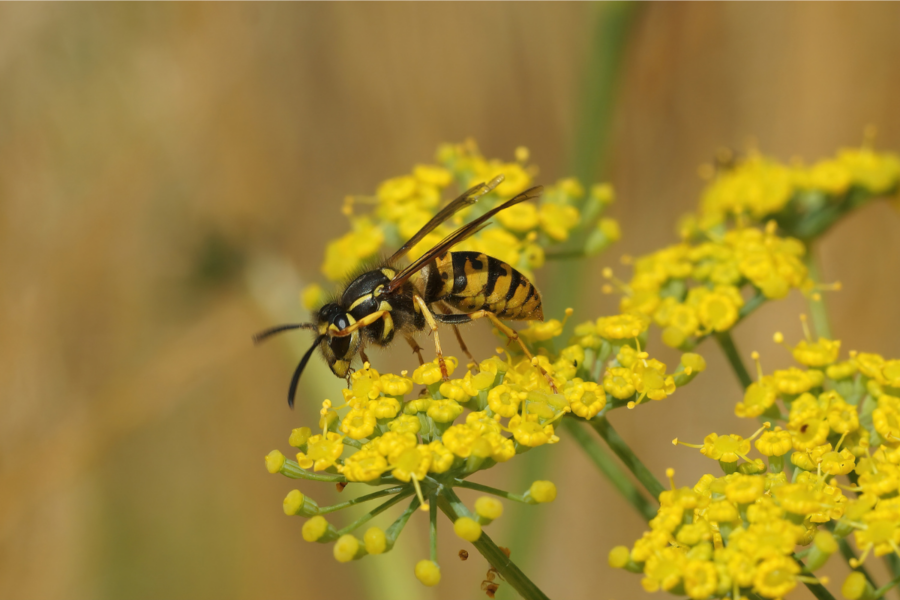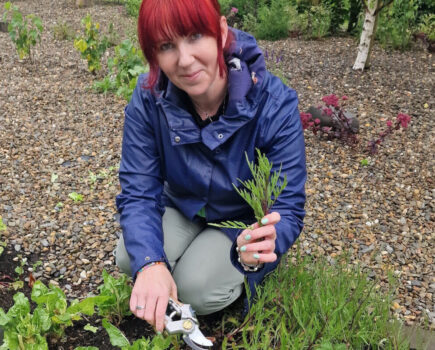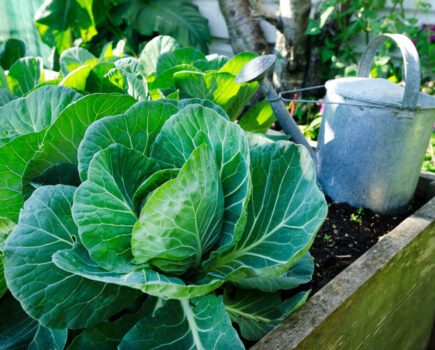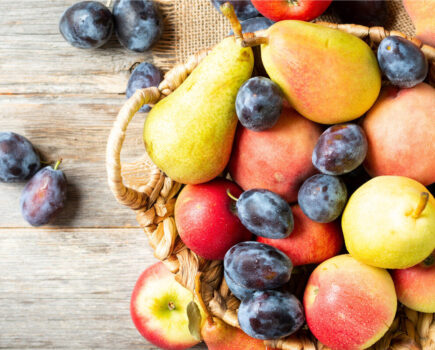Olivia Watts from the Field Studies Council explores the weird but wonderful world of wasps
This year has been a tricky one for wasps. With the soggy start to summer many gardeners have reported little to no sightings of this normally common visitor. Yet, as summer fades, wasps generally become more noticeable. Whether they’re feeding on fallen fruit, coming for your picnic, or making a break for your open kitchen window, these insects are regularly spotted in September — but why is this?
Social wasp diversity
In the UK there are over 9,000 different species of wasps, but the majority of them are classed as solitary species which do not live in colonies. The well-known and frequently encountered yellow and black wasps are known as social species, living in a nest and raising a colony. There are nine native social wasp species in the UK, with the most frequently encountered and most widespread being the common wasp, Vespula vulgaris.
The year as a wasp
Social wasps have an annual life cycle, with a queen emerging from her winter shelter in spring in search of a suitable place to establish a nest. She will create a small papery nest, laying her first few eggs. Once hatched, she will tend to the young, feeding and rearing them into adults and these young become the first set of worker wasps. Throughout summer the queen will continue to lay eggs, and the workers increasingly take over the nest and the role of rearing the young larvae.
By autumn, the nest can contain thousands of worker wasps. The final generation of the year includes fertile males and females, the females being the queens of the following year.
The old queens, worker wasps and fertile males will all die off before winter, leaving only the new queens to shelter until the next spring.
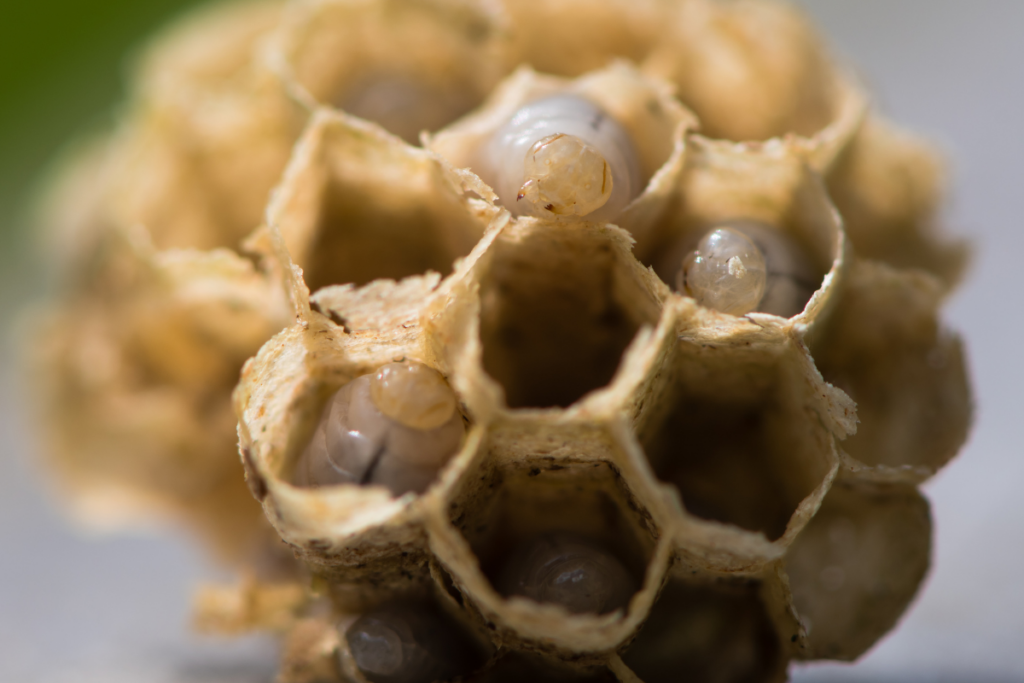
Feeding preferences
Though wasps are notorious for invading picnics, their feeding habits are complex and change throughout the year.
While the colony is growing, adult workers focus on feeding the larvae, which require high-protein food from soft-bodied invertebrates like caterpillars, beetle larvae, flies and aphids. Adult wasps hunt their prey, bring it back to the nest and feed it to the larvae. In return, the larvae secrete a sugary substance that serves as food for the adults.
This natural predation helps control invertebrate populations, making wasps valuable for maintaining ecological balance and protecting our plants.
Unlike the larvae, adult wasps do not feed on other invertebrates. Instead, they rely on sugar-rich foods like nectar and fruit. In late summer and autumn, with no larvae in the nest to provide a sugary reward, wasps turn to other sources for a sweet meal, often targeting fallen fruit or our picnics.
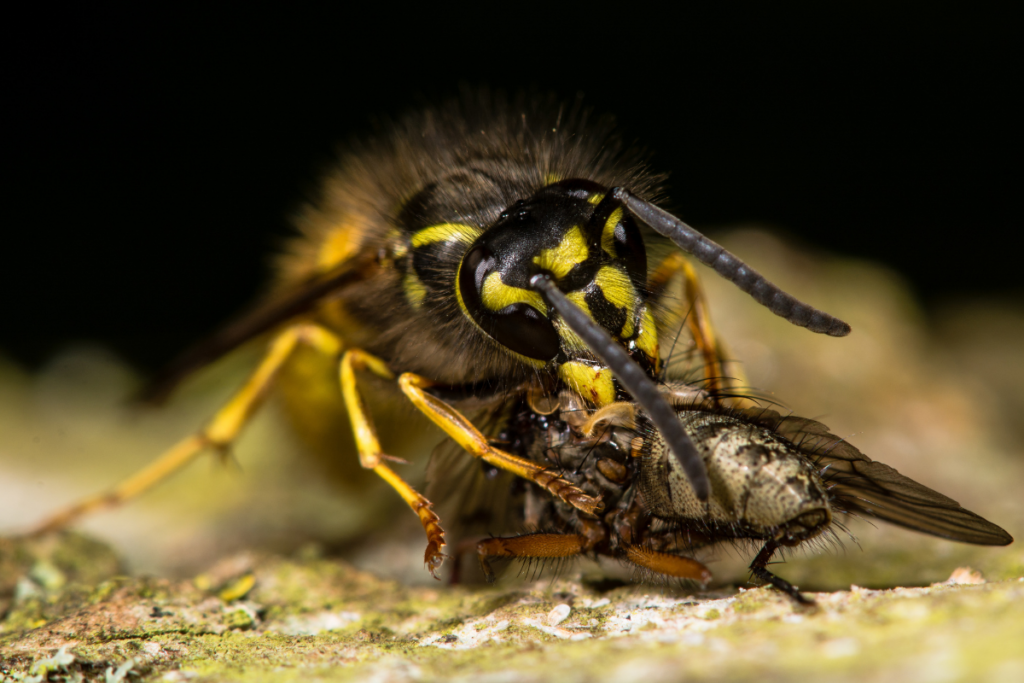
Frequently Asked Questions
Q. What do social wasp nests look like?
A. Social wasp nests are often found in cavities, on buildings, or hanging from branches. They are made of thin paper-like layers in a rounded teardrop shape. Wasps use wood fibres mixed with saliva to create them, which they can be seen gnawing on wood to gather.
Q. Are social wasps aggressive and can they sting?
A. Social wasps can sting, but UK species typically only do so when they feel threatened. Staying calm and minimising movement around them can help avoid being stung. If you encounter a nest, keep your distance to prevent aggravating them.
Interested to learn more about wasps?
You can find out more about these fascinating insects with guides and courses provided by the Field Studies Council: www.field-studies-council.org
Find more tips, advice and articles like this at the Amateur Gardening website. Subscribe to Amateur Gardening magazine now

